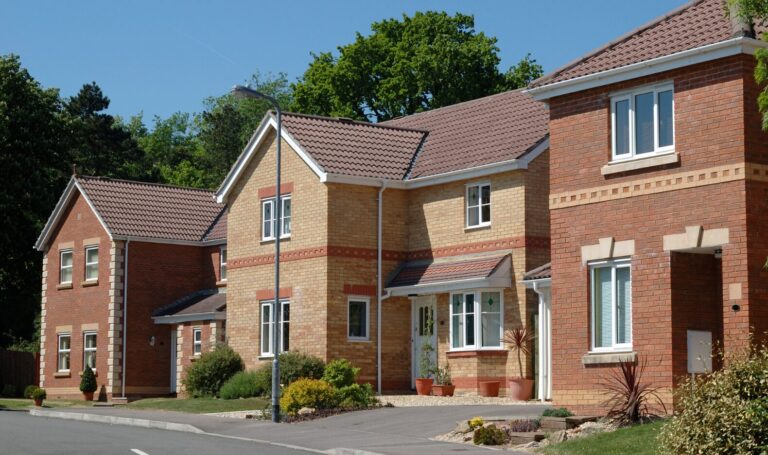When you buy or sell a property, conveyancing makes everything legal. Conveyancers or the solicitors who handle this process play a vital role in this, but what exactly do they do?
In this guide, you’ll learn everything you need to know about the conveyancing process in England, including costs and tips on how to keep everything on track.
To find a professional solicitor to help with your sale, reach out to your local branch.
What exactly does a conveyancing solicitor do?
A solicitor protects the legal rights of buyers and sellers during a property purchase and helps with the transfer of money.
Here is your step-by-step guide to what the conveyancing process involves:
Step one: Create a file
Your solicitor will compile crucial documentation for your sale or purchase.
Their file will include:
- Proof of your identification
- Proof of address
- Your bank details
- Details of the property you’re buying or selling
- Your estate agent’s details
- Your mortgage lender’s details and a copy of the mortgage agreement
- Details of your deposit if buying
- Details of the conveyancer’s terms and fees
Step two: Collect important documentation
Your solicitor works alongside the buyer’s or seller’s solicitor to draft the contract and facilitate the progress of your property purchase or sale.
A seller’s solicitor will provide your buyer’s solicitor with the title deeds of your property and request your completion of important forms. These include:
- The TA6 property information form (covering property details, neighbour disputes, and completed building work)
- The TA10 fixtures and fittings form (listing items included in the sale)
- The TA7 leasehold information form (if applicable for leasehold properties, explaining ground rents and service charges).
Your solicitor will also communicate with the other party’s solicitor, addressing queries about paperwork and local search results.
Step three: Conduct property title checks
Your solicitor will review the title deeds for the property you’re buying and, if applicable, the one you’re selling too.
They will also find out whether the property you’re purchasing is freehold or leasehold. Freehold ownership means you own both the building and the land it stands on, while leasehold ownership entails owning the property according to the terms of the lease agreement without owning the land itself.
If you’re buying a leasehold property, the process can be more complex, so expect the conveyancing process to potentially take longer and incur higher costs compared to buying a freehold home.
Step four: Perform local searches
Local searches aim to uncover any issues related to the property or its surroundings, helping you make an informed decision about the purchase.
These include:
- Local authority searches: These reveal information such as planning permissions, restrictions, and road maintenance responsibilities.
- Land Registry searches: These confirm the ownership of the property you’re buying.
- Environmental searches: These determine if the property is situated on contaminated land or potentially unstable ground, like a former landfill site.
- Water authority searches: These highlight any public drains affecting the property.
- Chancel repair searches: These identify if the property carries the responsibility of repairing local churches.
Typically, local searches take about two to three weeks to complete, although the duration may vary based on the workload of the local authority. Certain local searches are required by law, while others may be requested by your mortgage provider.
Step five: Help with exchange and completion
Once the buyer and seller contracts are fully drafted, your solicitor will agree on dates to exchange contracts and then complete the transaction. This signifies the legal binding of the sale or purchase and typically takes place over the phone.
Upon completion, both solicitor will handle the transfer of funds from the buyer to the seller. The keys to the properties being bought or sold will only be released once all funds have been cleared.
How long does conveyancing take?
On average, conveyancing takes between eight and 12 weeks to complete, but it can be delayed by factors such as paperwork delays, mortgage valuations, leasehold complications, and a long chain of transactions.
How to speed up conveyancing?
To speed up the conveyancing process, it’s important to instruct a conveyancer early on in your buying or selling journey. Our branches can put you in touch with approved solicitors in your area.
As well as this, make sure you’re quick to provide required documentation, respond promptly to requests, and maintain proactive communication with your solicitor.





